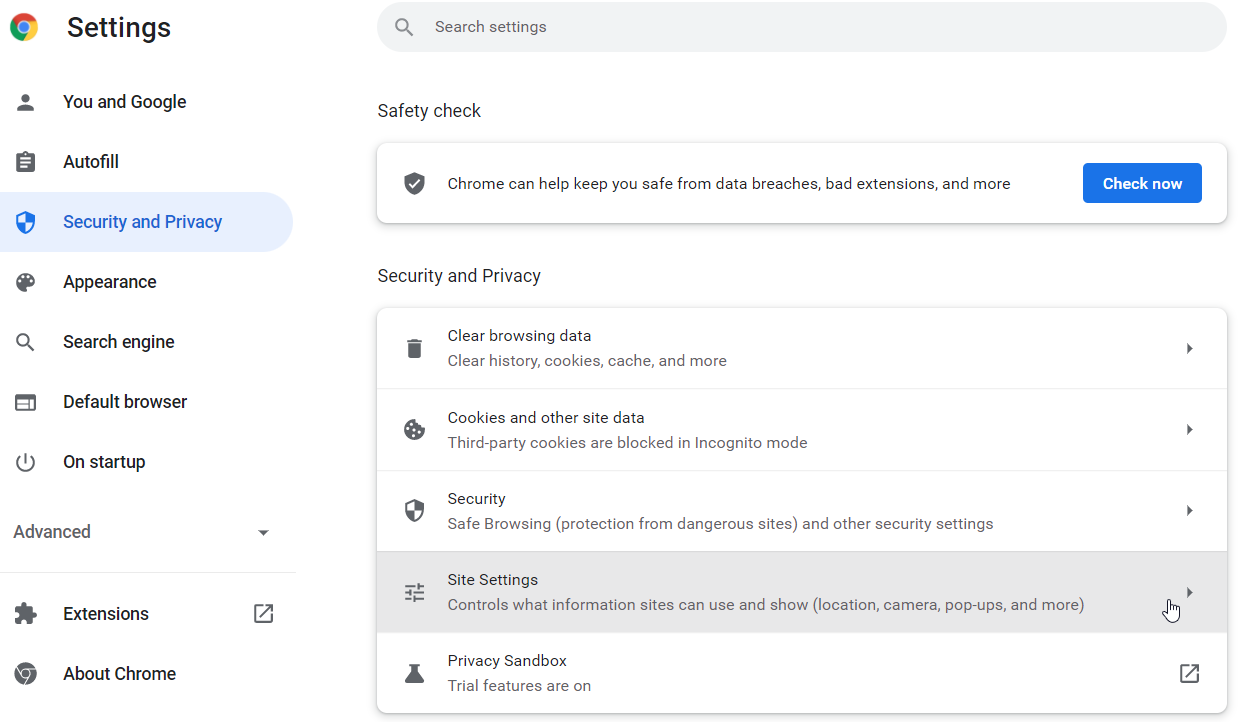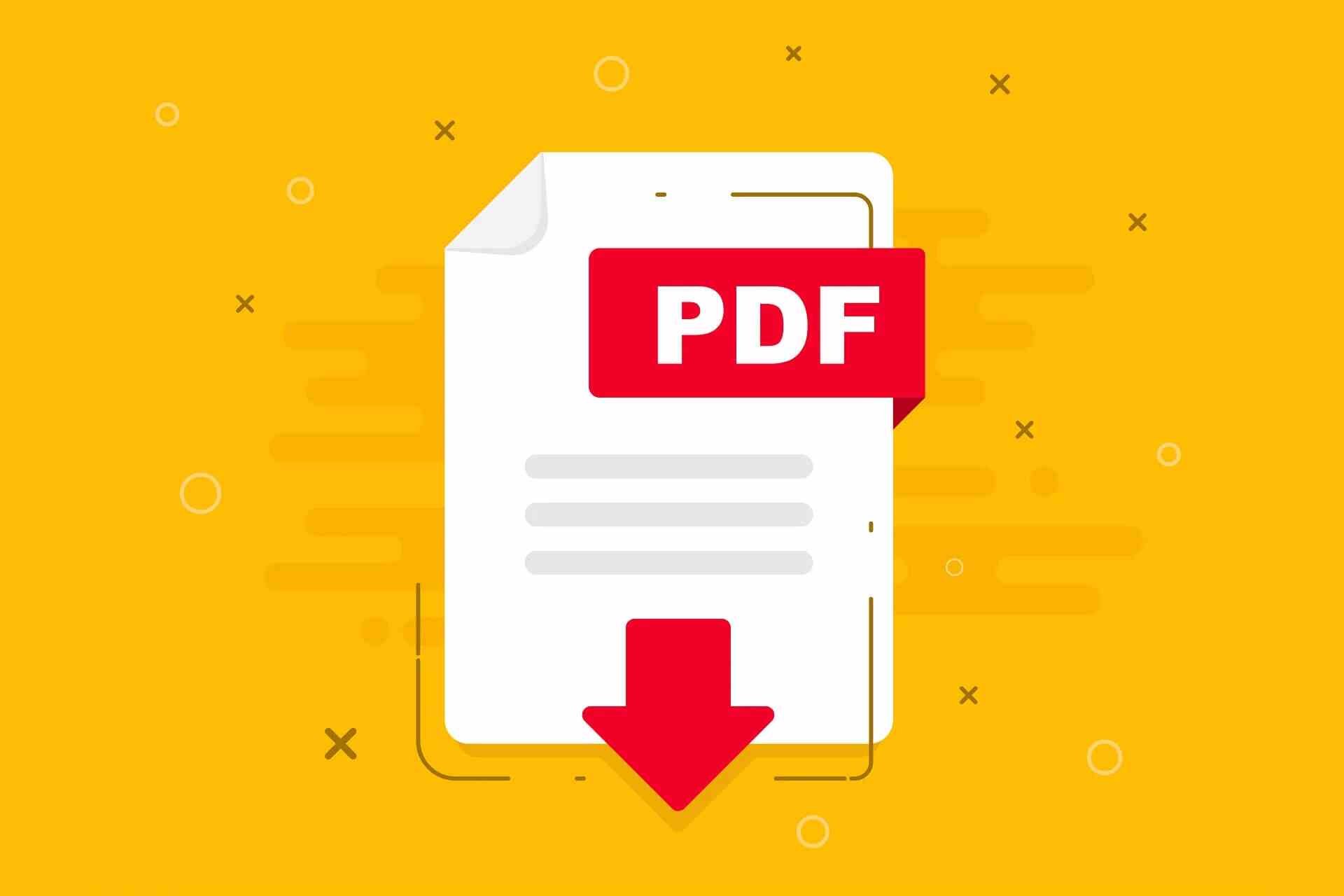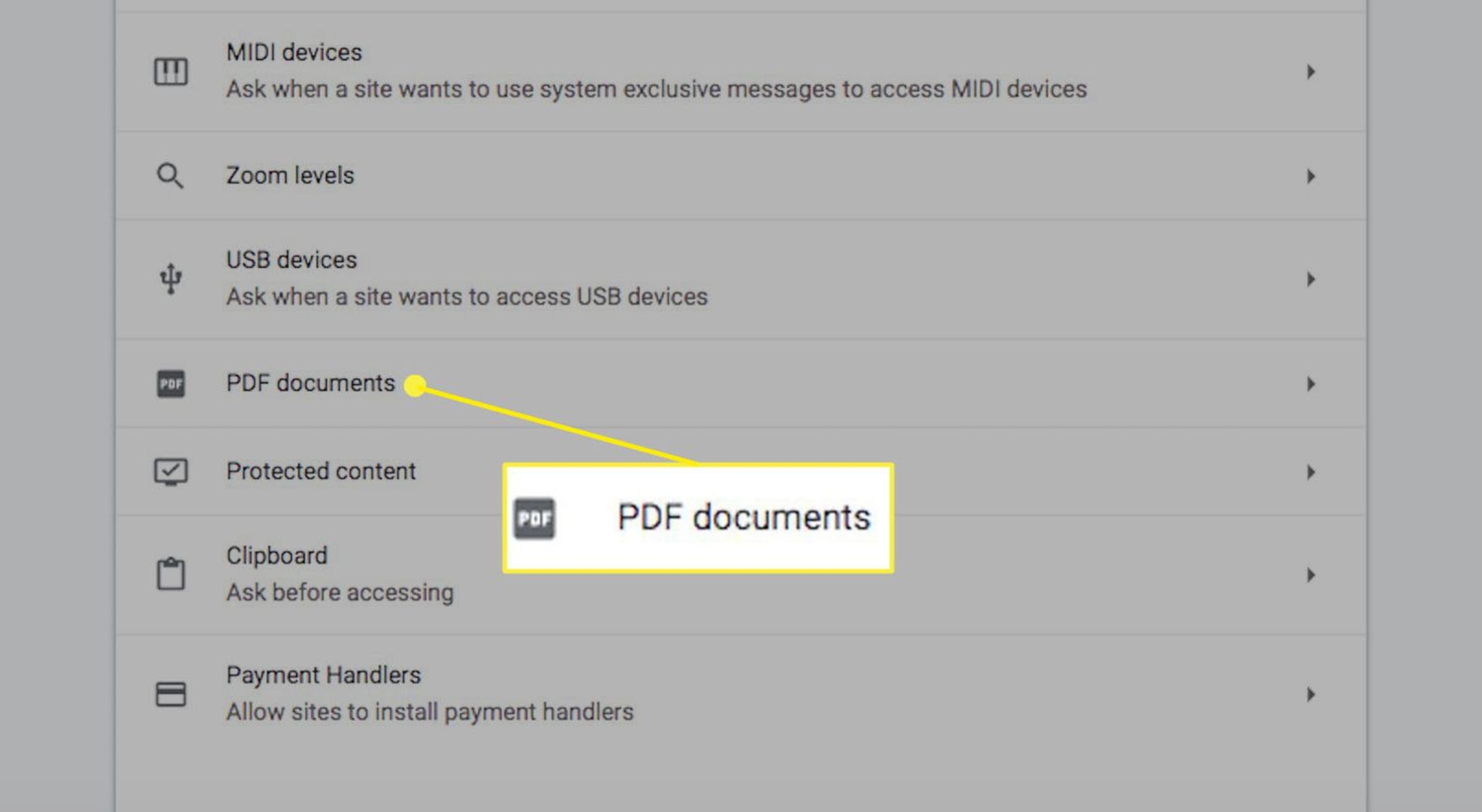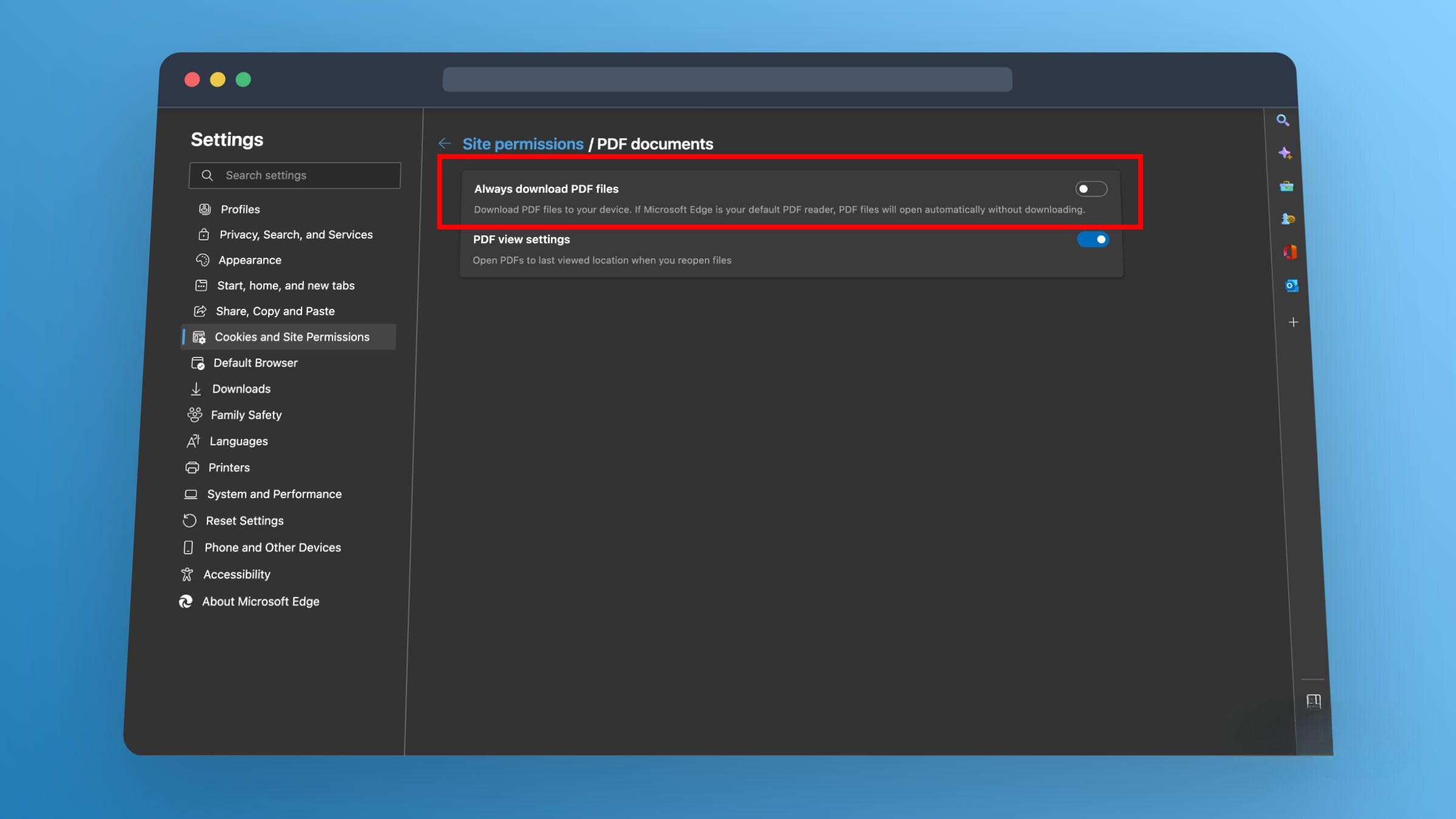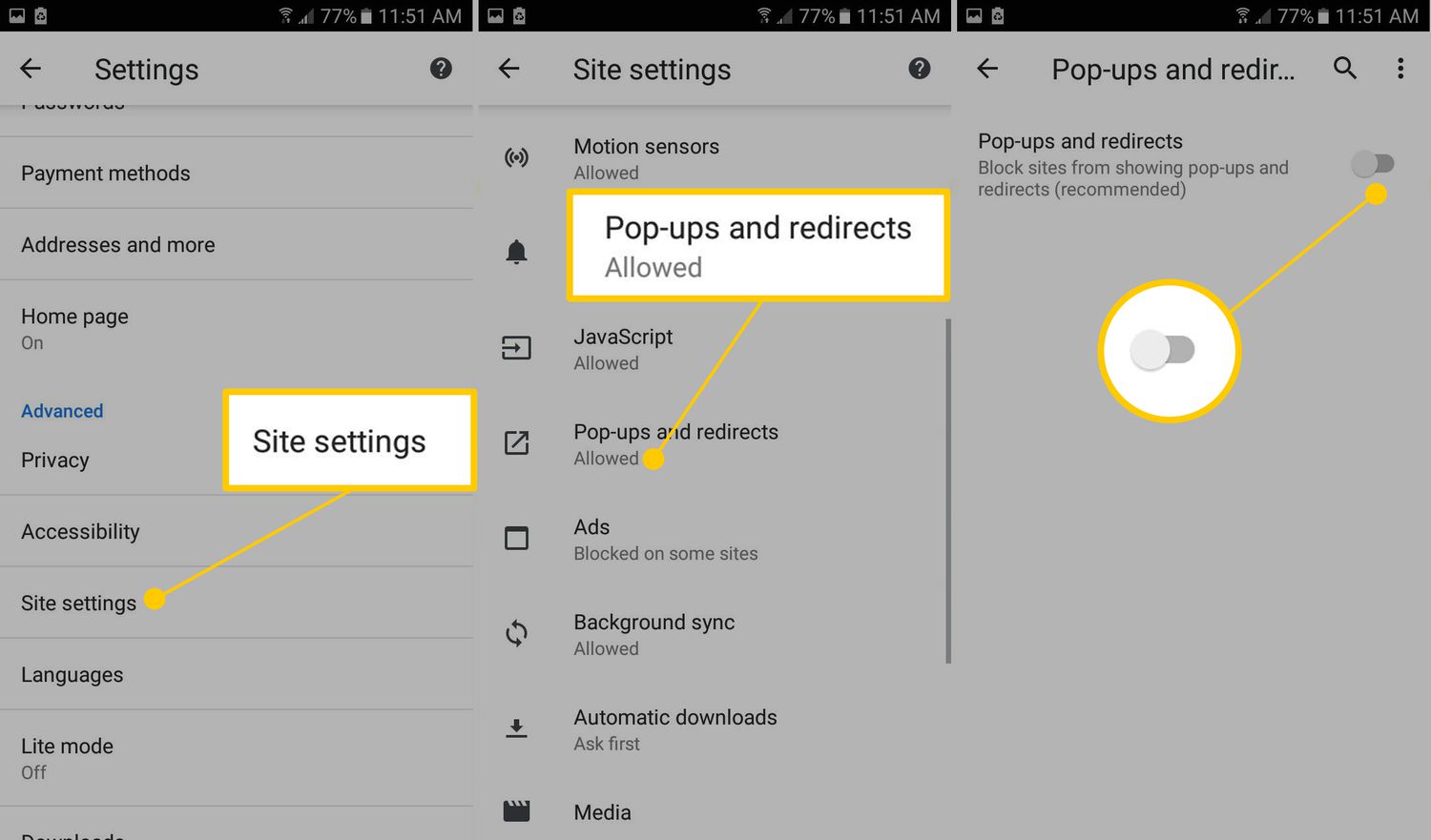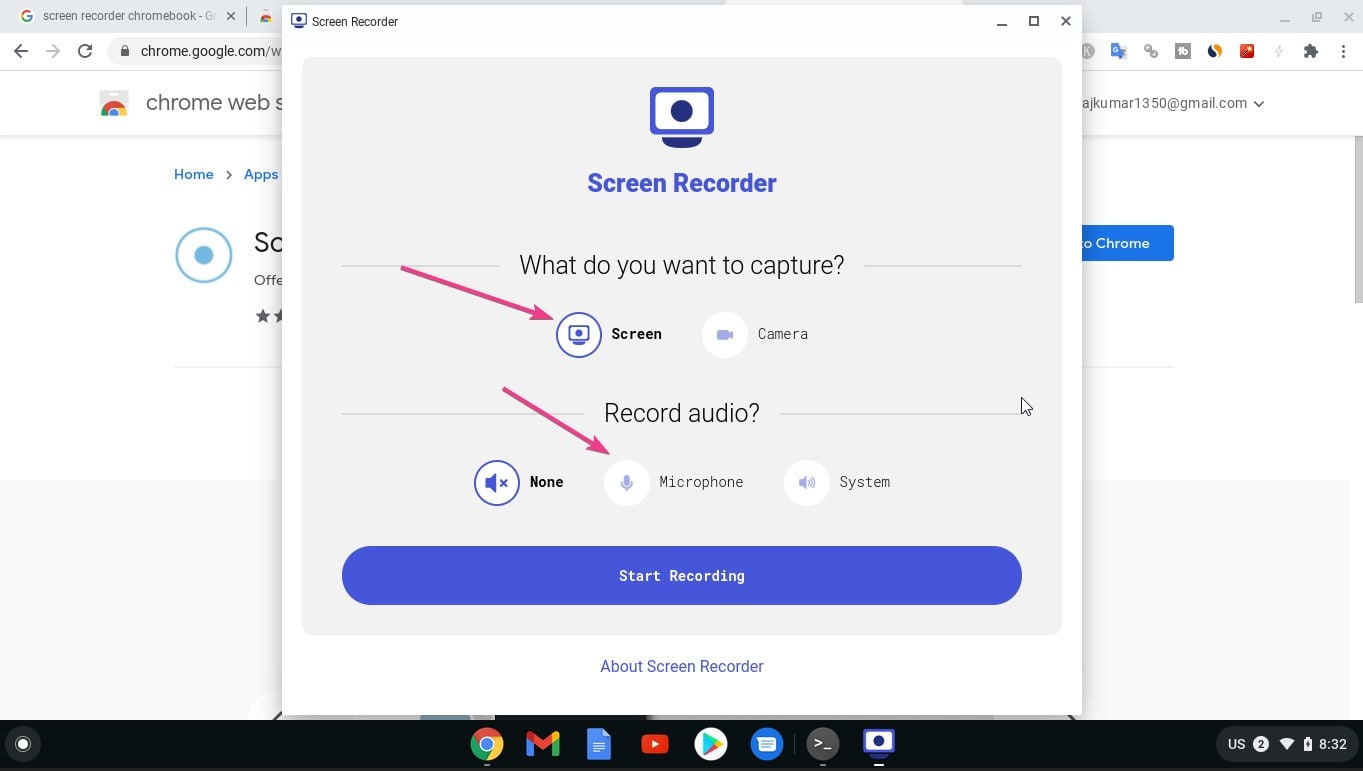Introduction
Google Chrome is a popular web browser known for its user-friendly interface and robust features. However, one common issue that users encounter is the automatic opening of downloaded files, which can be inconvenient and potentially pose security risks. When files are automatically opened upon download, it can disrupt the browsing experience and lead to unintended exposure to harmful content.
In this article, we will explore how to prevent downloads from automatically opening in Chrome. By implementing the methods outlined here, you can regain control over your downloads and ensure a more secure and seamless browsing experience.
Let's delve into the steps to disable automatic downloads in Chrome, manage download settings, and utilize extensions to exercise greater control over your downloaded files. Whether you're a casual user or a seasoned professional, these techniques will empower you to tailor your Chrome browser to suit your specific needs and preferences.
With these strategies at your disposal, you can bid farewell to the frustration of files automatically opening upon download and take charge of your browsing environment. Let's embark on this journey to optimize your Chrome experience and enhance your online safety.
Disabling Automatic Downloads in Chrome
When files automatically open upon download in Google Chrome, it can disrupt the browsing experience and potentially expose users to security risks. To address this issue, it's essential to disable automatic downloads in Chrome. By following the steps outlined below, you can regain control over your downloaded files and prevent them from automatically opening.
-
Accessing Chrome Settings: To begin, open Google Chrome and click on the three-dot menu icon located in the top-right corner of the browser window. From the dropdown menu, select "Settings" to access the browser's configuration options.
-
Navigating to Advanced Settings: Within the Settings menu, scroll down and click on "Advanced" to reveal additional configuration options.
-
Managing Downloads: Under the "Privacy and security" section, locate and click on "Site Settings." This will open a new window where you can manage various site permissions and preferences.
-
Disabling Automatic Downloads: Within the Site Settings menu, scroll down and click on "Automatic downloads." Here, you can toggle off the option that allows sites to automatically download multiple files.
-
Customizing Permissions: Additionally, you can customize permissions for specific websites by clicking on the "Add" button next to the "Block" section. This enables you to manually input website URLs and prevent them from initiating automatic downloads.
By following these steps, you can effectively disable automatic downloads in Google Chrome, thereby preventing files from automatically opening upon download. This not only enhances your browsing experience but also contributes to a more secure online environment.
Taking control of automatic downloads in Chrome empowers users to manage their files more effectively and mitigate potential security risks associated with automatic file opening. By implementing these adjustments, you can tailor your browsing experience to align with your specific preferences and security considerations.
With automatic downloads disabled, users can enjoy a more seamless and secure browsing experience, free from the inconvenience of files automatically opening upon download. This simple yet impactful adjustment can significantly enhance the overall usability and security of the Chrome browser.
Managing Download Settings
Managing download settings in Google Chrome allows users to customize their download preferences and enhance their control over downloaded files. By navigating through the browser's settings, users can fine-tune various parameters to align with their specific needs and security considerations.
Customizing Download Location
One fundamental aspect of managing download settings involves customizing the default download location. By specifying a preferred folder for downloads, users can streamline file organization and retrieval. To modify the download location, users can navigate to Chrome's settings, click on "Advanced," and then select "Downloads." Here, they can toggle on the option to prompt for the download location before initiating each download, providing greater flexibility and control over file storage.
Clearing Download History
Chrome's download history can accumulate over time, potentially cluttering the browser interface and compromising privacy. By regularly clearing the download history, users can maintain a tidy browsing environment and safeguard their privacy. Within Chrome's settings, users can access the "Clear browsing data" option and select the "Download history" checkbox to remove accumulated download records, promoting a cleaner and more organized browsing experience.
Managing File Type Associations
Chrome allows users to manage file type associations, enabling them to specify how different file types are handled upon download. By accessing the "Site Settings" menu and navigating to the "Content settings," users can click on "PDF documents," "Microsoft Office files," or other file types to customize their handling. This empowers users to choose whether to open certain file types automatically, save them to the default download location, or prompt for action upon each download, providing tailored control over specific file formats.
Implementing Safe Browsing Measures
In the context of managing download settings, users can leverage Chrome's safe browsing features to enhance their security. By enabling the "Safe Browsing" option within Chrome's settings, users can receive warnings about potentially harmful downloads, bolstering their defenses against malicious content. This proactive approach to download management contributes to a more secure browsing experience, mitigating the risks associated with inadvertent exposure to harmful files.
By actively managing download settings in Google Chrome, users can optimize their browsing experience, bolster their security, and tailor their file handling to align with their preferences. These customizable settings empower users to exercise greater control over their downloaded files, contributing to a more personalized, secure, and efficient browsing environment.
Using Extensions to Control Downloads
In addition to the built-in features of Google Chrome, users can further enhance their control over downloads by leveraging extensions specifically designed to manage and customize the download process. These extensions offer a range of functionalities, from enhancing security measures to providing advanced file management capabilities. By integrating these extensions into their browsing experience, users can tailor their download handling to align with their unique preferences and security considerations.
One notable category of download control extensions focuses on bolstering security measures. These extensions are designed to identify and block potentially harmful downloads, thereby fortifying users' defenses against malicious content. By leveraging real-time scanning and threat detection capabilities, these extensions provide an additional layer of protection, complementing Chrome's built-in security features. Furthermore, they offer users peace of mind by proactively identifying and preventing the inadvertent download of harmful files.
Moreover, extensions tailored for download management empower users to customize their file handling processes. These extensions often feature advanced file organization capabilities, allowing users to categorize, tag, and sort their downloads efficiently. Additionally, they may offer enhanced file renaming options, batch processing functionalities, and seamless integration with cloud storage services. By incorporating these extensions into their Chrome browser, users can streamline their download management workflows and maintain a well-organized repository of downloaded files.
Furthermore, some extensions provide users with granular control over specific file types and sources. For instance, users can configure these extensions to automatically handle certain file formats in predefined ways, such as opening PDFs in a dedicated reader or saving images to designated folders. Additionally, users can specify download behaviors for individual websites, granting them the flexibility to enforce distinct download rules based on site-specific preferences.
In essence, leveraging extensions to control downloads in Google Chrome empowers users to tailor their browsing experience to align with their unique needs and preferences. Whether enhancing security measures, streamlining file management, or customizing download behaviors, these extensions offer a diverse array of functionalities to optimize the download process. By integrating these extensions into their Chrome browser, users can exercise greater control over their downloaded files, contributing to a more personalized, secure, and efficient browsing environment.









